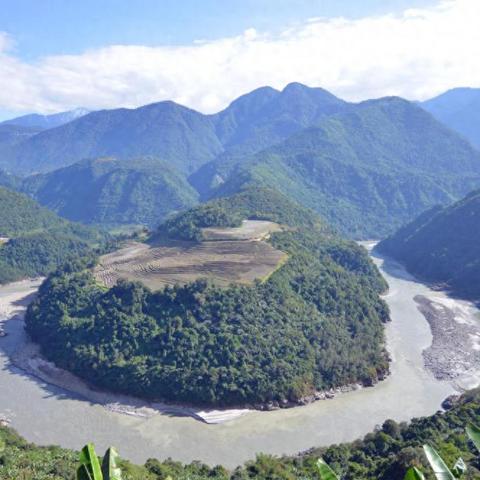Introduction: The Dichotomy of Economic Policies
The official viewpoint is crucial in shaping the discourse on economic policies, especially in the context of the debate between "Grid Interconnection" and "Geographical Disintegration." This paper aims to provide an in-depth analysis of the two contrasting paradigms, their impacts on the global economy, and the precise implications for different stakeholders, such as Guangjia (管家) and their respective economic forecasts, codex, and fortune-telling practices (一码一肖).
Theoretical Framework: Understanding Grid Interconnection
Grid Interconnection refers to the strategic integration of national electricity grids to facilitate power flow across borders, promoting the efficient use of resources and enhancing regional cooperation. This concept is predicated on the belief in the importance of linking economies together, both in terms of trade and infrastructure.
Within this framework, proponents argue that interconnected electricity networks can lead to a more stable and reliable supply of power, potentially lowering costs for consumers and increasing the overall efficiency of energy use. The official view often supports such initiatives, citing benefits like shared risk management, diversification of energy sources, and environmental advantages through reduced emissions from power generation.
However, critics point to potential vulnerabilities, such as the risk of cascading blackouts or geopolitical tensions affecting the supply of electricity. The official viewpoint must balance these risks with the potential benefits, carefully considering each scenario's impact on economic stability and growth.
Geographical Disintegration: Parochialism and Isolation
Conversely, "Geographical Disintegration" represents a trend towards regionalism and protectionism, reflecting a move away from global economic integration. This perspective sees value in self-sufficiency, asserting the importance of national sovereignty and reducing reliance on external trade and partnerships.
This standpoint often focuses on the assertion of domestic interests and control, which can be seen in policies advocating for the localization of supply chains and reinforcing national infrastructure. The exemplification of this trend is the establishment of more autonomous energy grids, leaning towards self-reliance rather than cross-border collaboration.
From the official viewpoint, the challenge lies in determining the extent to which such policies can protect against external shocks, including economic downturns and climate change impacts, while staving off the potential drawbacks of reduced international cooperation and trade.
Economic Ramifications: Grid Interconnection vs Geographical Disintegration
Economic implications are the focal point in the debate between grid interconnection and geographical disintegration. Grid interconnection's proponents highlight the potential for economic growth through increased efficiency and reduced energy costs. This approach supports the official viewpoint by advocating for regional economic development through shared resources and infrastructure.
On the other hand, geographical disintegration's supporters underscore the financial independence and security that can be achieved by focusing on national interests. The official stance here might prioritize self-preservation and the reduction of external influences, potentially at the expense of broader economic collaboration.
The interplay between these two policies will inevitably shape global economic trends, with each approach carrying its unique set of challenges and opportunities. Officials must weigh the benefits of interconnectedness against the risks of overreliance on external systems to formulate a strategy that best addresses their constituents' needs.
Implications for Guangjia: Precise Forecasting in a Complex Economic Landscape
In an economic landscape shaped by grid interconnection and geographical disintegration, Guangjia plays a critical role. As entities entrusted with the responsibility of providing accurate economic forecasts and interpretations (一码一肖), they must keenly navigate the complexities introduced by these contrasting paradigms.
The official viewpoint necessitate that Guangjia take into account the nuanced effects of a connected power grid, such as potential energy cost savings and the subsequent impact on consumer behavior and business operations. Moreover, they must also account for the repercussions of geographical disintegration, like fluctuations in local currencies, shifts in trade patterns, and potential energy supply disruptions.
In crafting their predictions and forecasts, Guangjia must employ a precise and methodical approach, considering the collective impact of these policies on economic indicators and their implications for clients in various sectors.
Conclusion: Balancing Interdependence and Autonomy
Ultimately, the official viewpoint on grid interconnection and geographical disintegration involves a delicate balance between fostering international collaboration and ensuring national autonomy. While each approach has its merits and drawbacks, it is the role of policies and economic experts to navigate these complexities, ensuring that proposed strategies align with long-term goals and overarching interests.
Guangjia, in producing their economic forecasts, must take into account these multifaceted factors, ensuring that their predictions reflect a nuanced understanding of the world's shifting economic currents. In a world where interdependence and autonomy are in constant dialogue, clarity of vision and precision in analysis are indispensable.
















 琼ICP备2023003230号-1
琼ICP备2023003230号-1
还没有评论,来说两句吧...